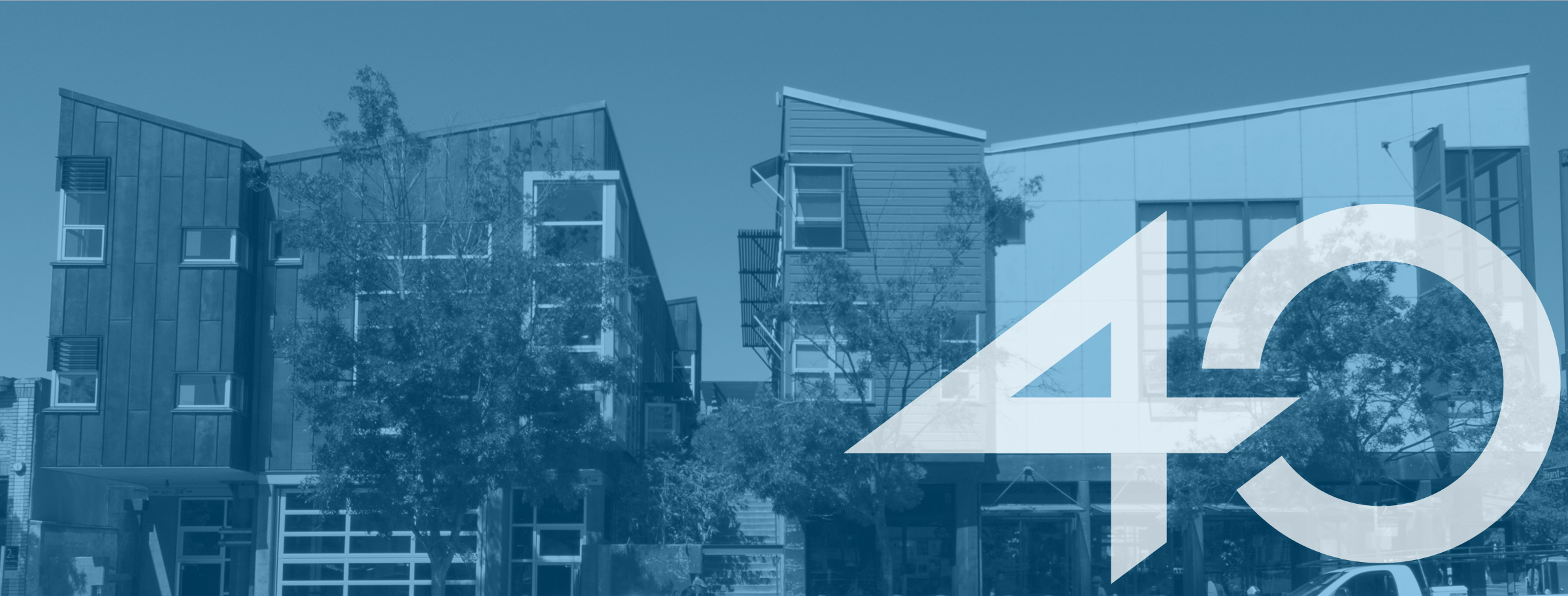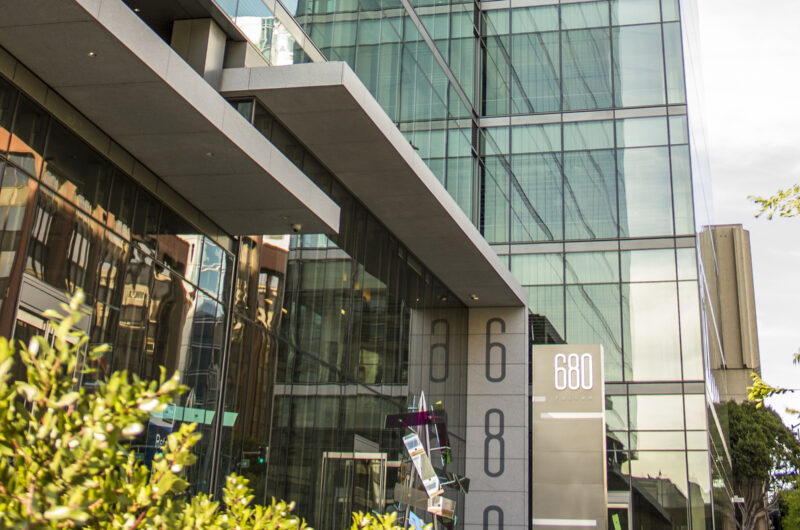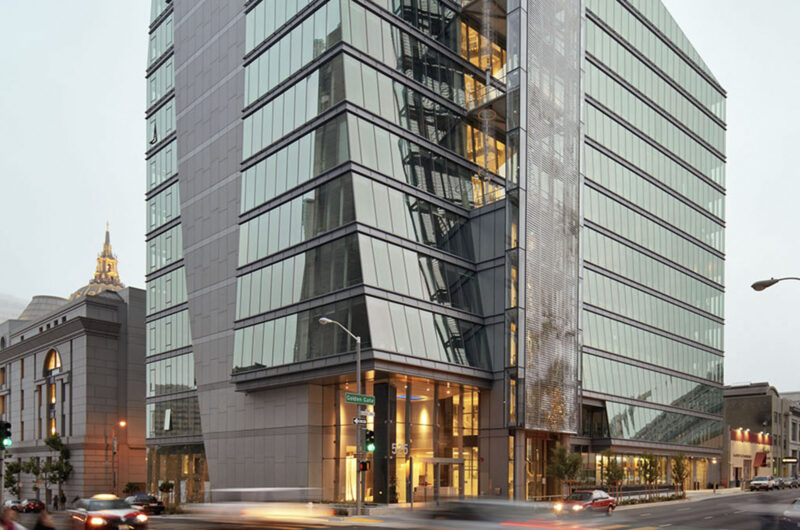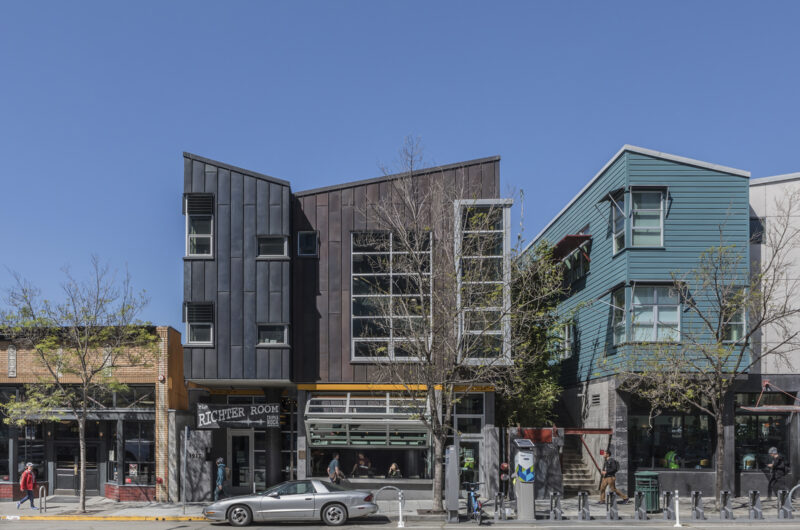In 1983, Steve Tipping (1947-2017) founded our firm on the belief that a structural engineer’s most valuable asset isn’t simply the ability to perform calculations. Instead, he believed that a deep understanding of overall project goals and a practice of rigorous design thinking lead to the most innovative, impactful, and often unexpected, structural solution.
40 years later, we’re honored to be continuing in his path, creating structural solutions that unlock greater possibilities for our clients and community.
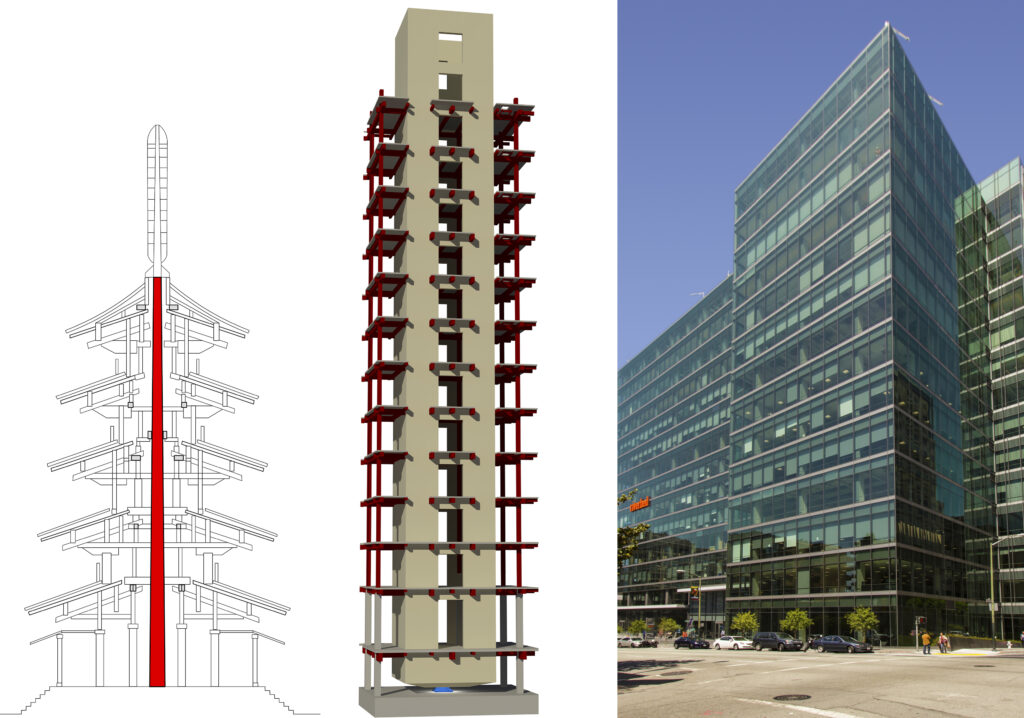
Our founder
Steve’s Legacy
For nearly 35 years, Steve Tipping advanced the science and art of structural engineering, pioneering creative yet pragmatic design solutions for a broad, diverse range of projects. His inventions and accomplishments in seismic retrofit design were especially crucial to the building inventory of the earthquake-prone Bay Area. At the same time, his emphasis on constructability culminated in an unparalleled expertise in cost- and resource-efficient solutions.
Instilling the spirit of innovation in his staff, Steve led Tipping to win 41 local, regional, and national awards for excellence in structural engineering. He pioneered the use of vertical post-tensioning to deliver self-centering capability to concrete walls, and has applied progressive iterations of this lateral system to the design of bold projects such as the SF Public Utilities Commission headquarters, the Rene Cazenave Apartments, and UC Berkeley’s Campbell Hall. Steve designed a novel retrofit system for 680 Folsom (completed in 2012) in San Francisco where he was inspired by the centuries’-old Japanese pagoda, in which a central spine (shinbashira) pivots in a stone well during an earthquake, controlling the movement of the building. And in 2017, SEAONC, SEAOC, and NCSEA, through their respective Excellence in Structural Engineering award programs, recognized Steve’s idiosyncratic seismic isolation solution for the Tipping Building at 1908 Shattuck Avenue.
Under Steve’s leadership, Tipping became a pioneer in the structural engineering industry, consistently creating innovative, clever, and structural solutions to even the biggest engineering challenges.
on the horizon
Tipping: Now and Beyond
Since Steve’s passing in 2017, Tipping has continued in his footsteps, approaching the practice of structural engineering with a creative, curious mindset, and a penchant for innovation and unconventional solutions. We pride ourselves on bringing a fresh perspective to challenging projects, while pursuing service-oriented, responsive relationships with our clients.
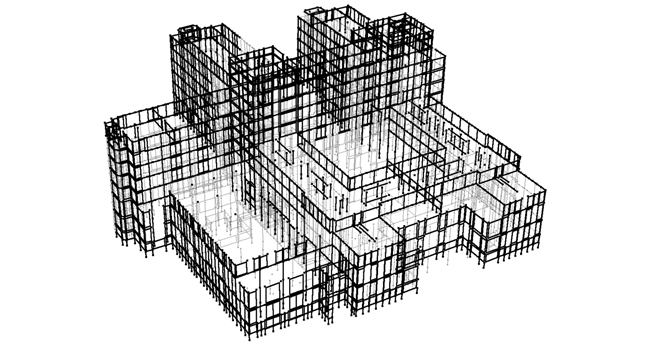
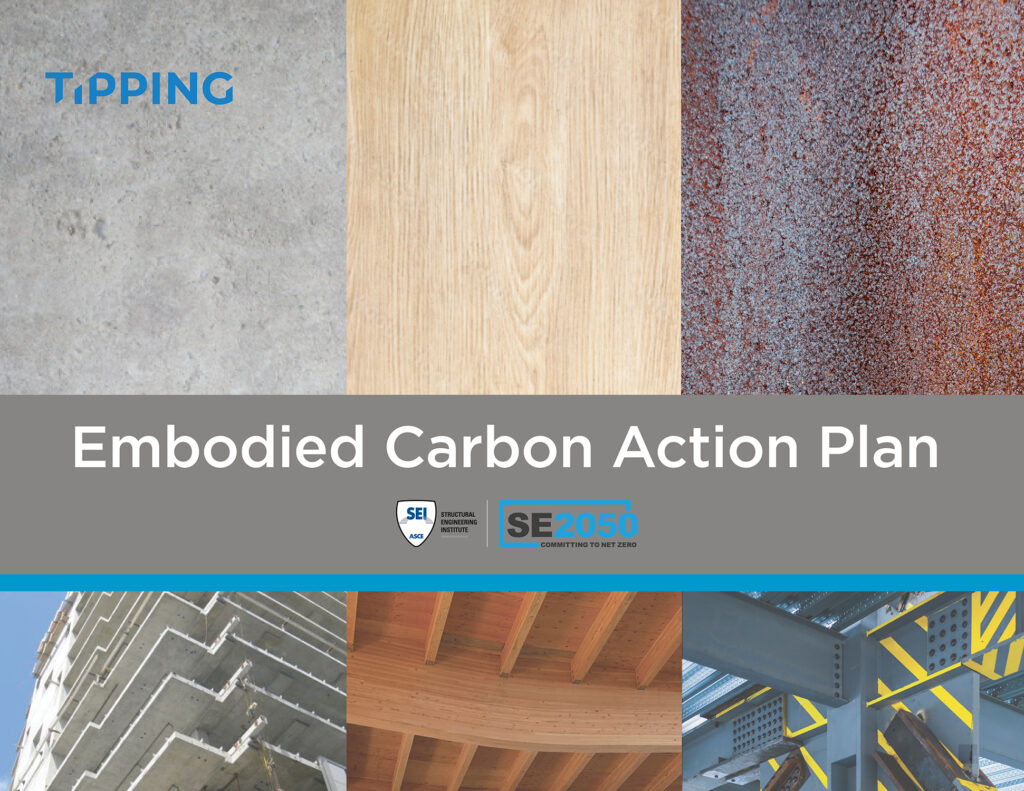
Our staff has taken the lead in the industry, with Leo Panian, Principal, on the board of both SEAONC (Structural Engineers Association of Northern California) and AIA San Francisco, as well as being involved with DBIA (Design-Build Institute of America), helping to establish and foster an interdisciplinary dialogue between a range of roles in the construction industry.
Natalie Tse, Project Manager, co-founded SEAONC’s SE3 (Structural Engineering Engagement and Equity), a national committee formed to study and address issues of employee engagement and retention, advancement, work-life balance, and gender equity in the structural engineering profession. Since then, Marc Steyer, Principal, has sat on the SE3’s Equity and Inclusion committee, and is dedicated to creating an inclusive and equitable internal environment for all employees.
Supporting the future
The Steve Tipping Memorial Scholarship
As part of Steve’s legacy, Tipping, in partnership with the Tipping Family and the NCSEA Diversity in Structural Engineering Scholarship Program, have established the Steven B. Tipping Memorial Scholarship for Innovation and Excellence in Structural Engineering.
This memorial scholarship was established by the Tipping family, and offers the recipient a $3,500 scholarship towards their education with an opportunity to participate in an externship program at Tipping in Berkeley, California.
NCSEA Diversity in Structural Engineering Scholarship Program awards funds to students traditionally underrepresented in structural engineering. This includes but is not limited to first-generation college students, women, Black/African American, Native/Indigenous American, Hispanic/Latino, Pacific Islander, Asian, and other people of color, those with disabilities, veterans, and LGBTQIA+. Applications for this opportunity will be accepted yearly from January to March.
